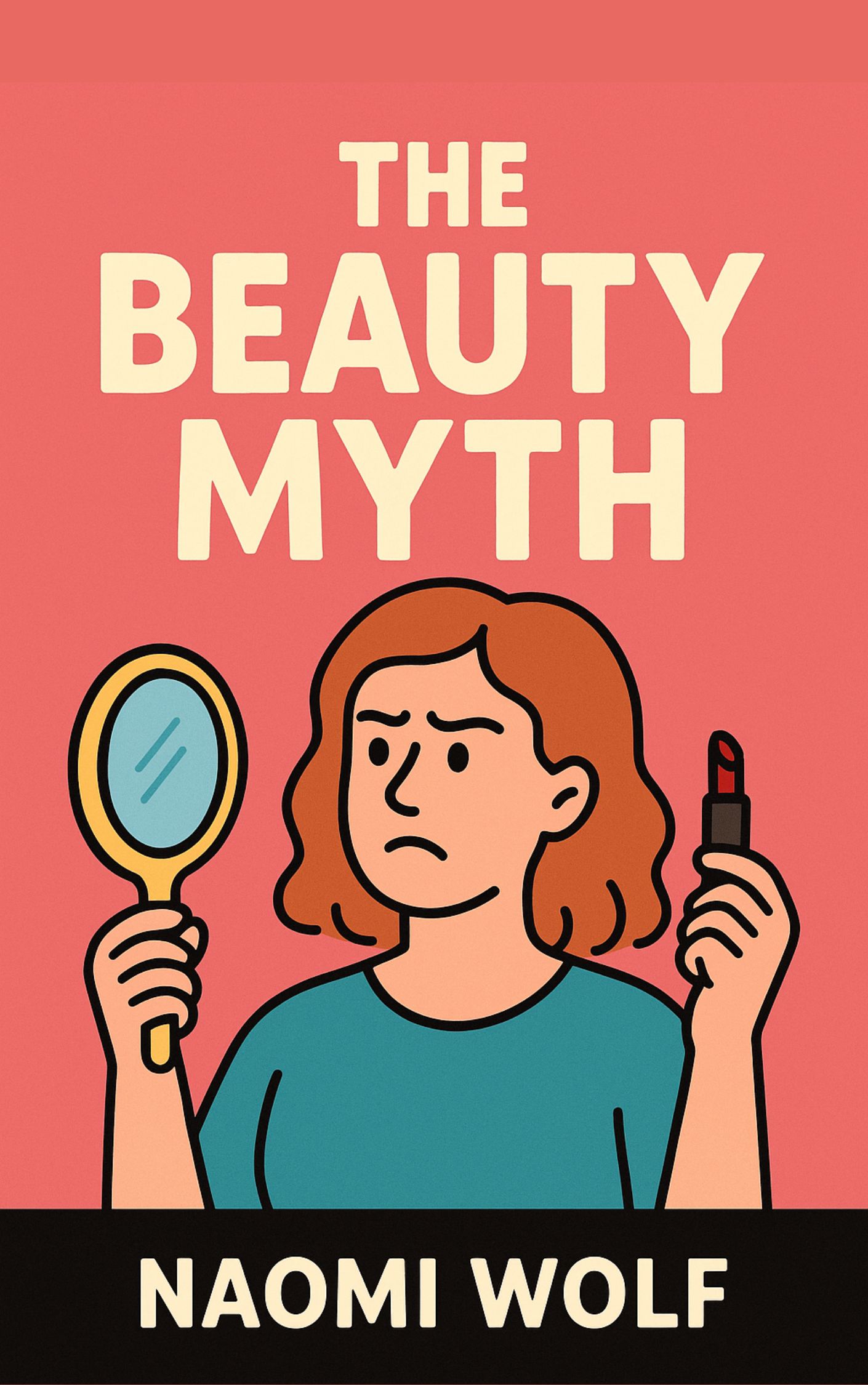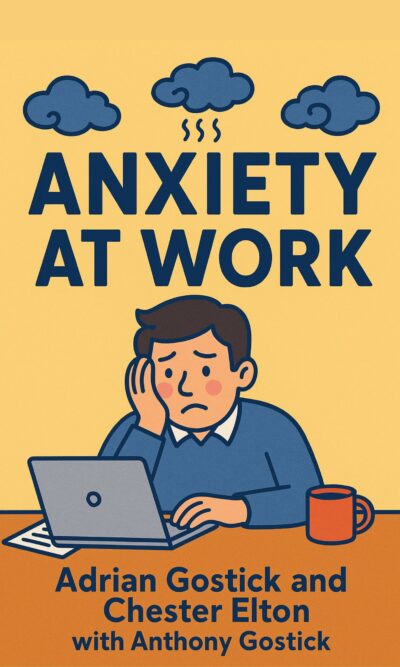Description
The idea of beauty seems natural, like something eternal that has always existed. But when we look closely, we see that what people call beautiful changes across time, culture, and society. Ancient statues, paintings, and traditions all show different ideals of the human body. In one era, curvy bodies were praised, while in another, thin frames were desired. In some cultures, pale skin was admired, while in others, darker skin symbolized strength and vitality. This shifting nature of beauty suggests that beauty is not fixed. It is not something eternal or universal. Instead, it is a social construction, shaped by power and influence.
The core idea in The Beauty Myth is that beauty is not just about appearance. It is a political and cultural tool used to control women. For centuries, women were restricted by laws, lack of education, and exclusion from work. As these barriers began to fall, new ones appeared in more subtle forms. One of the strongest of these is the expectation that women must meet certain beauty standards. This myth tells women that no matter what else they achieve, they must also look a certain way, or else they are judged as less valuable.
The rise of the beauty myth grew stronger during the twentieth century. As women gained the right to vote, entered the workforce, and demanded equal education, society responded by finding new ways to maintain control. Instead of openly saying women were weaker or less intelligent, society pushed the idea that women must spend endless time, money, and energy chasing beauty. This pressure distracted women, drained resources, and kept them competing with one another instead of uniting.
At work, the beauty myth became especially visible. As more women joined professional fields, discrimination shifted toward appearance. Employers began judging women not only by their skills but also by how they looked. Cases in court showed this clearly: some women were denied promotions because they weren’t considered feminine enough, while others were blamed for being “too attractive.” This created a no-win situation. A woman could be punished for not meeting beauty expectations or punished for meeting them “too well.” The rules were impossible to follow, yet the pressure remained constant.
The workplace wasn’t the only space where beauty was used to control. Advertising and media played a massive role in fueling the myth. Magazines, television, and later the internet were filled with images of idealized women. These images were carefully crafted by industries selling products—cosmetics, diets, plastic surgery, and fashion. By creating impossible standards, companies ensured that women would feel inadequate. This sense of failure pushed women to buy more products in the hope of fixing themselves. In truth, there was never anything broken to begin with. The problem was manufactured, and the solution was sold at a price.
The financial scale of this system was enormous. Billions of dollars were poured into the beauty, diet, and cosmetic surgery industries. Advertisers relied on women’s insecurities to fuel profits. Instead of being valued for intelligence, creativity, or kindness, women were taught to measure themselves against pictures of flawless models. These standards were impossible, often airbrushed or surgically altered, but they became the benchmark. The result was constant dissatisfaction.
This dissatisfaction had deep consequences. It was not only financial but also physical and mental. Eating disorders rose dramatically as women tried to starve themselves to fit the demanded shape. Anorexia and bulimia became widespread, with the vast majority of sufferers being women. These disorders weren’t random illnesses; they were symptoms of a society that taught women their worth depended on shrinking themselves. Beyond eating disorders, the pressure to be beautiful created depression, anxiety, and a never-ending cycle of self-criticism.
Economically, the beauty myth also reinforced inequality. Women were often paid less than men in almost every profession. At the same time, they were pressured to spend heavily on beauty products, clothing, and treatments. This created a double burden: earning less and spending more. Meanwhile, men’s economic advantage grew stronger. Beauty expectations worked as an invisible tax on women’s time, money, and energy.
Another consequence was the weakening of female solidarity. Instead of supporting each other, women were pushed to compete—who is thinner, younger, prettier. Language and attitudes reflected this. Women often criticized one another harshly, repeating the same messages society had taught them. Advertising even encouraged this rivalry with slogans like, “Don’t hate me because I’m beautiful.” By keeping women suspicious of each other, the system prevented them from uniting against deeper injustices.
Breaking free from the beauty myth is not easy because it works like a cult. It uses guilt, shame, and constant reminders to keep women under control. Even when women resist, the system adapts. For example, cosmetics companies present products as empowering choices, even though they still rely on the fear of imperfection. Food ads talk about “guilt” and “naughty” pleasures, suggesting that women should feel shame even for eating normally. The message is always the same: women must control themselves, monitor themselves, and never feel good enough.
The path forward begins with awareness. Recognizing the beauty myth as a social tool rather than a natural truth is the first step. Once women see how the system operates, they can resist its influence. Resistance does not mean rejecting fashion, makeup, or self-expression. Instead, it means making choices freely, without fear of being judged or excluded. A woman should wear makeup because she wants to, not because she feels she must.
Equally important is building solidarity among women. Instead of comparing and competing, women can encourage and uplift one another. By supporting each other’s achievements beyond appearance, women can shift the focus to skills, passions, and humanity. Collective strength is one of the greatest threats to the beauty myth because it thrives on division.
Finally, society as a whole must challenge the idea that beauty defines worth. This requires new cultural narratives, where women are seen in their full complexity rather than reduced to a face or body. Media must be questioned, industries must be held accountable, and alternative images must be celebrated. True liberation comes not from chasing a perfect appearance but from recognizing that no single standard of beauty should define anyone’s life.
In the end, The Beauty Myth delivers a clear message: beauty, as society defines it, is not natural. It is a system created to maintain inequality. It wastes women’s energy, keeps them insecure, and distracts them from power. But once exposed, the myth can lose its grip. By rejecting its false promises and embracing self-worth beyond appearance, women can reclaim their strength, unity, and freedom.





